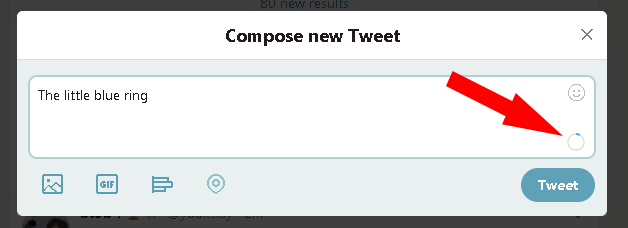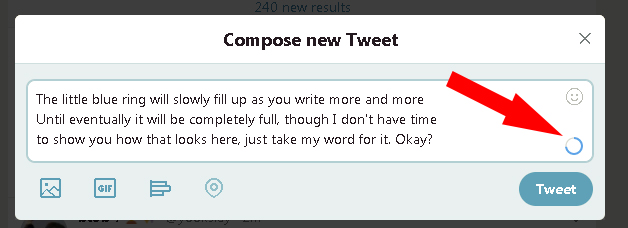The most tedious part of any media marketing campaign is arguably the most crucial part—analytics.
Sitting in front of the computer crunching numbers definitely isn’t for everyone. But think about it: without properly tracking your campaigns, how can you know whether you’re on the right path to achieve the goals you’ve set for yourself? Or those that the business has set for you?
To help get you started measuring your media campaign, here are five of the most important metrics that are essential to your success.
1. Social Sentiment

Let’s start off with one of the metrics that’s a little bit more of a challenge to track as it’s more subjective than objective: social sentiment. This is essentially an assessment of how your brand is viewed by the general public (both by the media as well as individuals who have interacted with your brand).
The way to track social sentiment is by keeping records of all brand mentions across various channels: blogs, news aggregation websites, television and social media (this channel is especially important when tracking personal opinions, as people tend to express their true feelings about the companies they’ve interacted with on websites like Twitter and Facebook).
Once you’ve aggregated all the various mentions, you can categorise them as very positive, positive, negative, very negative or neutral. Vuelio automatically tags mentions with sentiment that can then be customised to the user’s specification. Over time, you’ll be able to see how the perception of your brand changes and is influenced by various marketing activities.
2. Engagement

This metric is thankfully much more straightforward to measure – though the results can be harder to qualify.
Engagement is essentially an assessment of how much people interact with the different kinds of content you publish.
For instance, if you maintain a regular blog, engagement would be the number of comments, likes, and social shares each post receives. If you use radio, engagement could take the form of the number of people that call in after you run an ad.
3. Acquisition Channels

This metric is closely tied in with engagement.
Once you’ve figured out how you want to track engagement, you can identify which channels are producing the most engagement. The ones that you will want to capitalise/spend the most money on are the channels that produce the most positive engagement.
When tracking your acquisition channels and prioritising one above the other though, don’t forget to take into account the value of each type of engagement. For instance, a social share on a blog post probably isn’t worth as much as a call in from a radio ad, as a call in is a sales lead – a genuine business outcome, where as a like or retweet is an almost passive interaction.
Thus, while a blog post with thousands of shares may get more engagements overall, a radio ad with only 5-10 call-ins could still be worth significantly more.
4. Reach

This metric is more generalised than the others on this list. Reach is essentially the span of your brand’s audience – it’s the potential number of eyeballs that are seeing the content your brand publishes. This metric often assumes a certain level of stats, as there is no guaranteed way to know how many people have actually seen something on a screen or printed page.
Also, some say that reach is a vanity number and doesn’t mean much in the big picture since it doesn’t take into account how many people are positively engaging with the brand.
After all, the brand that gets 10% of 10,000 viewers to engage (1000 engagements) is in a better position than the brand that gets 0.1% of 100,000 viewers (100 engagements).
Regardless, reach still plays a role in assessing the effectiveness of your marketing campaign, as it measures the kind of familiarity the general public has with your brand. While this may not directly translate into positive customer-brand interactions, it does help you understand the potential you have, to begin engaging with the people who are, to a certain extent, familiar with your brand.
5. ROI by Media Type

All of the above metrics are significant indicators of the effectiveness and success of your marketing campaigns. But without doubt, there is only one king of all business analytics, and that is ROI: the money you’re making in profit for the money you invest.
At the end of the day, what you’re trying to do is make money. Thus, measuring the ROI of your campaign is by far the best way to determine whether or not you’re on track to achieve your end goal.
By splitting up your ROI tracking into each individual channel/media type, you’ll have a better understanding of which marketing activities are getting you the best bang for your buck. This can help focus your campaigns on what’s working, but be warned: not all ROI is easily identifiable and a multi-channel approach can still yield the best results.
Wrapping Up
Now that we’ve discussed the importance of marketing analytics and went through a few of the most important metrics to assess, you are ready to begin evaluating the successes and failures of your marketing.
If you’re reading to take your media monitoring to the next level, check out how Vuelio can help.
[testimonial_view id=12]


































